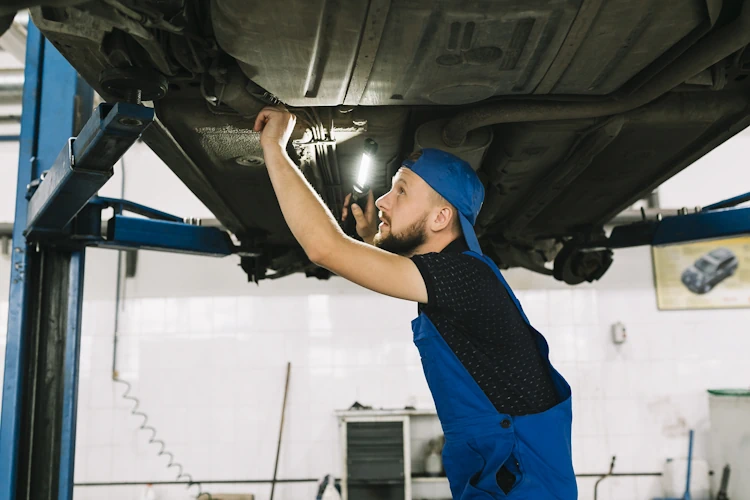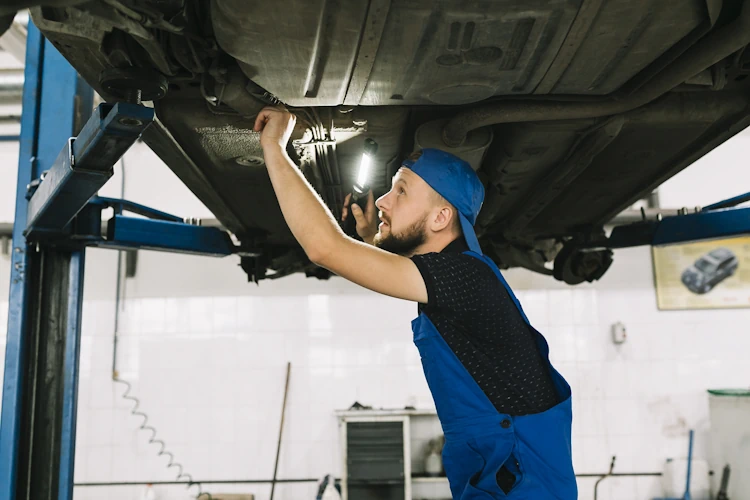4WD vehicles, designed to traverse various terrains and withstand rugged conditions, rely significantly on their suspension systems. Among the myriad of suspension types available, leaf springs are a well-known, traditional solution. However, with the advancement of technology, other suspension types like coil springs, torsion bars, and air springs are now commonly used. This article delves into the nuances of these different systems, comparing their off-road performance in various conditions.
What are leaf springs and how do they function?
Leaf springs, also called semi-elliptical springs, are among the oldest forms of springing systems used in vehicles. Consisting of several layers of curved spring steel, or leaves, these springs are attached to the vehicle’s frame. The design allows for absorption of shocks and vibration, enhancing stability and load-carrying capacity.
The advantages of leaf springs in off-road performance
Leaf springs are renowned for their simplicity and durability. In off-road environments, they provide a robust suspension system that can handle heavy loads, making them ideal for rugged terrains.
Drawbacks of leaf springs and situations where other suspension types may be preferable
Despite their durability, leaf springs have limitations. They can be rigid, leading to a bumpy ride, especially on uneven surfaces. Additionally, their fixed design can limit flexibility, affecting traction on challenging terrain.

Comparison with other common suspension types
Coil Springs
Coil springs are a popular alternative to leaf springs. They are composed of cylindrical, spiral-shaped springs that compress and expand with vehicle movement. Their flexibility allows for a smoother ride and better traction, making them suitable for off-roading.
Torsion Bars
Torsion bars work by twisting or deflecting under load. This design provides a balanced suspension system that adapts well to different terrains, offering both comfort and performance.
Air Springs
Air springs utilize compressed air to support the vehicle’s weight. They offer a customizable ride experience, with adjustable stiffness and height control. This adaptability makes them a preferred choice for off-road enthusiasts seeking a personalized driving experience.
Key considerations when selecting a suspension system for off-roading
When selecting a suspension system for off-roading, consider factors such as load capacity, flexibility, adjustability, and maintenance requirements. It is essential to weigh the pros and cons of each suspension type against your specific off-road needs.
Personal testimonies and reviews from 4WD enthusiasts on suspension types
Many 4WD enthusiasts have shared their experiences with different suspension types. Some praise the durability of leaf springs, while others appreciate the smooth ride provided by coil springs or the adaptability of air suspension. It’s crucial to gather insights from real-world users before making a decision.
FAQs
- Is leaf spring suspension better than other suspension types for off-road performance?
- It depends on your priorities. Leaf springs are durable and can handle heavy loads, but other suspension types offer better comfort and flexibility on uneven terrain.
- Are coil springs better than leaf springs for off-roading?
- Coil springs provide a smoother ride and better traction, making them a popular choice for off-roading enthusiasts.
- What are the benefits of torsion bars in off-road conditions?
- Torsion bars provide a balanced suspension system that adapts well to different terrains, offering both comfort and performance.
- Why are air springs preferred by some off-roaders?
- Air springs offer a customizable ride experience, with adjustable stiffness and height control, making them a preferred choice for off-road enthusiasts seeking a personalized driving experience.
- What should I consider when selecting a suspension system for off-roading?
- Factors such as load capacity, flexibility, adjustability, and maintenance requirements should be considered when selecting a suspension system for off-roading. It’s essential to weigh the pros and cons of each suspension type against your specific off-road needs.
